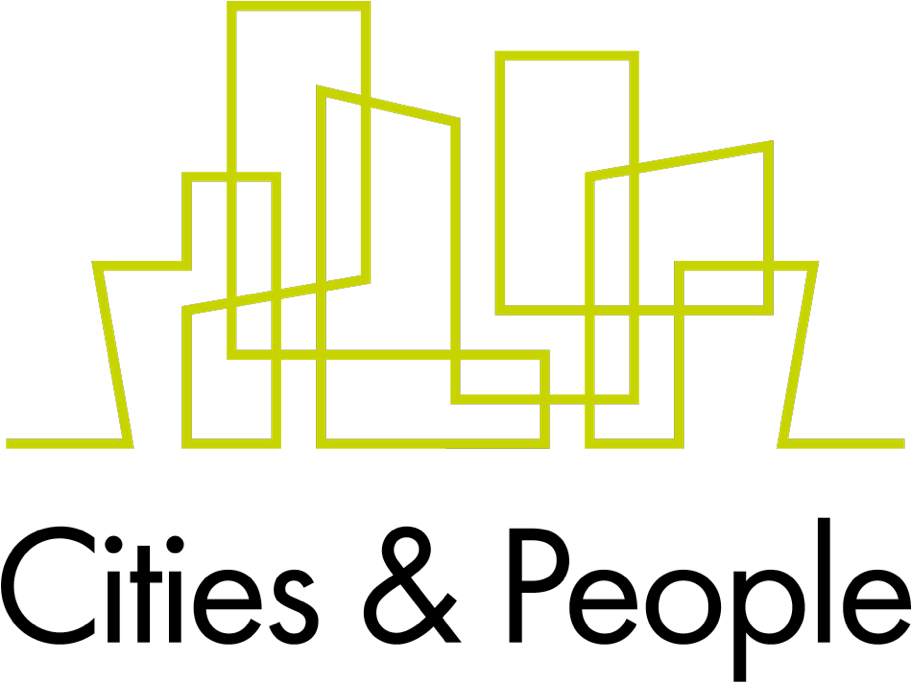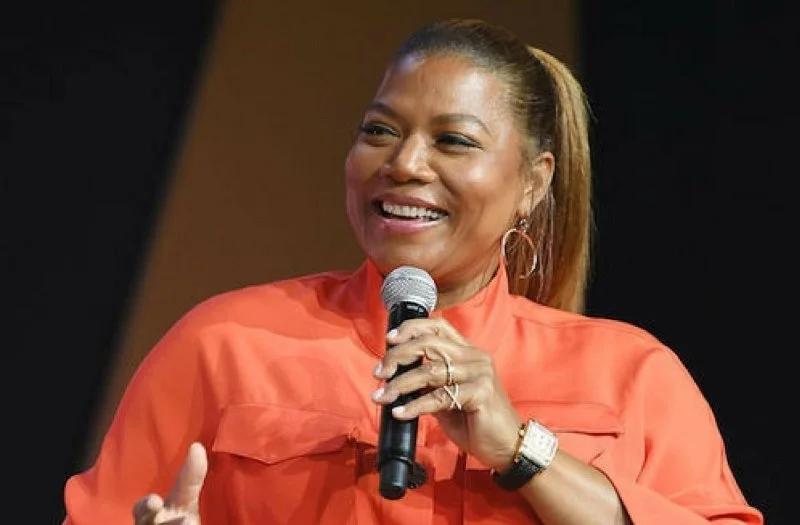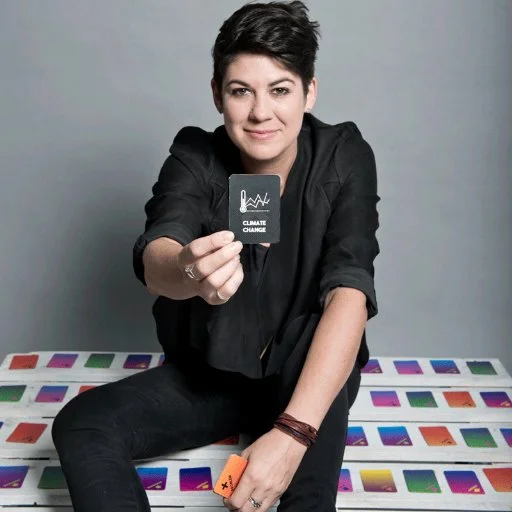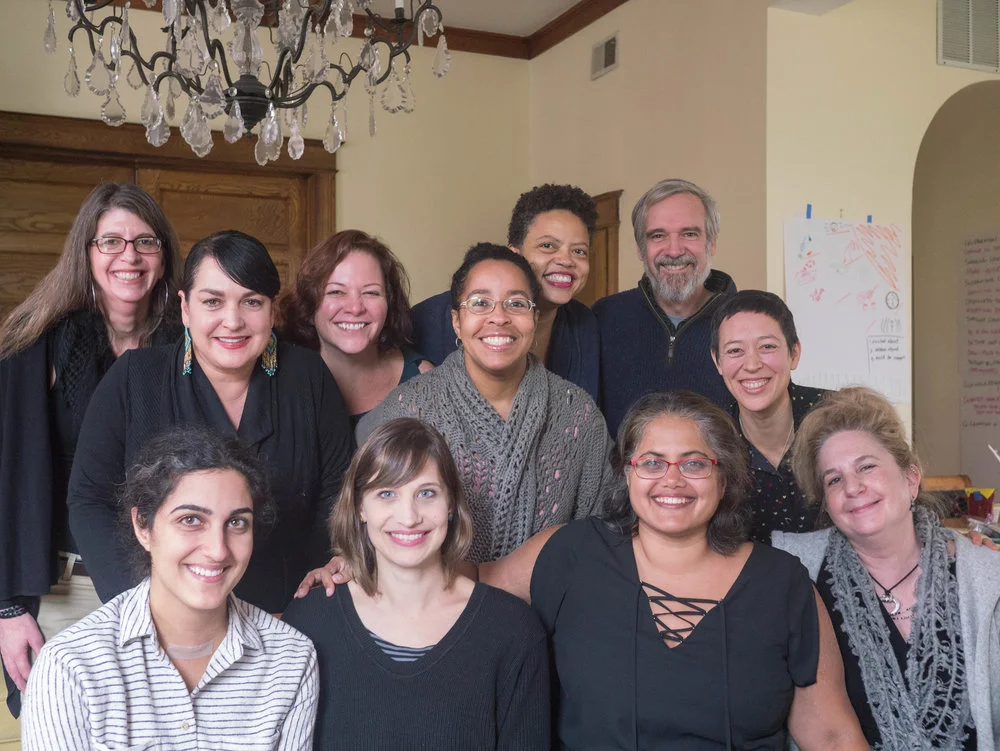What I'm Reading: Systems Change and Transformation
My favorite feature of the Management Assistance Group (MAG) newsletter is the "What We're Reading Section." Same with CityLab. Same with anybody who does it. In addition to article and book recommendations I pick up from the newsletters I get, I find myself forwarding on bits and pieces of what I'm reading to select others in the hopes that they will be touched/transformed/activated/radicalized by the content using my own kind of informal "What I'm Reading" approach. The thing is, though, generally I don't hear back from anyone.
But last week, a colleague and I were having a loving back-and-forth about whether or not to use oppression-logic terms (including "oppression") in a publication we are working on together. I kept trying to sneak in "white supremacy, patriarchy, nationalism/colonialism, and capitalism," and she kept employing her excellent, respectful, justice-informed communication skills to question whether or not our audience was ready for that level of transformational vocabulary. She had a point; we really are just getting these folks on the "institutionalized racism" page, and to be honest, many of our audience members are still coming to terms with words like "barriers." American bootstrapping runs deep, and has roots running just as deep in white-liberal circles as it does in conservative groups (growing stronger, I'd argue, because we keep mowing the plant down instead of digging out the root – though I also admit we haven't got tools that long … yet).
My writing partner and I came to what we both think is a good compromise, pushing our audience up from barriers and into the institutionalized –isms for now so as to challenge but not repel them. And then, as we do, she and I expressed our love and appreciation for one another in this work and in this process. But in addition to our general mutual appreciation stuff, she gave me the best symbolic gift of all. In our draft, I had slipped in some content from MAG's excellent work on systems thinking, suggesting to my partner that we use MAG's language as a kind of additional style guide to the sector-specific sites we were using to inform our terms, and she not only agreed but said that she was loving MAG, had bookmarked their site, and couldn't wait to read more from their resource pages. Finally someone is reading something I recommended! I felt quite validated.
Obviously this is a picture of Queen Latifah. Funnily enough, it came up when I was searching on Google Images for a recent photo of Elissa Sloane Perry from Management Assistance Group. Elissa is one of my husband’s oldest friends, and I can’t wait until he finds out she moonlights as Queen Latifah because he really loves the Queen too. I can’t believe he never caught on that they are the same person.
I should probably stop while I'm ahead, and yet, I don't really do that. I like to stop when I've taken things just a few steps too far. So, now that I’ve got one person’s momentary attention, how about a What I'm Reading list from me? Or what about ten of them? Or five hundred?
I'm sure my colleagues will be relieved if I move my reading recommendations from their in-boxes to my blog, but where to start? I've had the opportunity to put together (because I always volunteer or insist that we need) reading lists for a number of different uses this year. In our uCANRise community of practice, I've actually created a library of articles for the educational equity topics we've been exploring. For my work as a board member for TransForm, I volunteered to put together readings for our CEO transition, both to support our outgoing founder and to bridge the work of our incoming kickass women of color interim co-directors. To get a communications colleague up to speed on some shared work, I developed a very distilled reading list on educational equity and student activism.
I thought about starting in one of those places, but in the end, my gut told me to start with a single book and the kind of network of readings that I mentally cluster around it. It's a book that I recommend to just about everyone I work with, but always specific sections, and always with some caveats. The book is Emergent Strategy by adrienne maree brown.
In an attempt to get folks to meet me on a page of this book, I have literally typed out large sections so that I could include them directly in emails. Yet, I've gotten radio silence in return, despite my feeling that brown's book contains some of the most radical, important learning I've come across in my lifetime of book-devouring.
As I sociologist, it's tempting to start riffing hardcore here on why I think folks in my circle can't or won't access brown's work, but the truth is that I actually don't have to go outside of myself to answer that question. As I mentioned, when I recommend this book, I do so with caveats. The first time, the caveat was something ridiculously self-protective and dismissive, like, "The second half of the book needed a better editor." Then I did a bit more reading of the book and about the book, and the caveat became, "I don't really get the second half of the book,” which probably wasn’t all that persuasive when I was recommending it. After some time, that caveat morphed into a more self-reflective, "I don't think I was or am ready for the second half of the book,” though in retrospect, that may have sounded like I refuse to grow.
In any case, now I'm here to tell you, I love the second half of the book.
But here's the thing, the current caveat. Unless you are ready to put aside your own assumptions and ideas about what strategy is, what theory is, what a strategist or a theorist sounds like, what writing about strategy looks like, what, even, a book is – you probably aren't ready either. Yet, if you are committed to growing your capacity to embody a liberated world, you should probably be doing the work to get there. And if you are struggling, you should probably be prepared to read the book more than once, and definitely not front to back. And if the thought of reading a book three or four times and not front to back is freaking you out right now, I'd recommend this book for you extra hard. You should probably buy an e-copy and a hard copy. I did. If it were on Audible, I’d probably have an audiobook version too.
So here’s the deal about the book.
In the early part of what turns out to be a non-linear approach to her subject, brown expresses the discomfort that many of us have felt as we try to transform the world through social justice organizations – "So many of our organizations working for social change are structured in ways that reflect the status quo. We have singular charismatic leaders, top down structures, money-driven programs, destructive methods of engaging conflict, unsustainable work cultures, and little to no impact on the issues at hand," and what's more, she tells us,"[b]ecause we are not investing in a shared network of resources, it is easy to let structural and ideological particularities create deep splits throughout the non-profit sphere, rendering much of our work useless." Basically, our nonprofit space looks pretty much like corporate space.
Unlike many of us, however, brown seems to have fully emerged from this fire, and her vision is both radical and infused with love, my favorite combination. Early in the book, she points to the transformation of The Ruckus Society, where she and her colleagues worked to undo nonprofit models that lead us to believe that it's natural to compete with one another for resources, follow the money, and focus on the unstated mission of keeping our organizations alive rather than achieving our social justice visions.
But the change she names in that work at Ruckus was not just collective – shared leadership and authentic decision making supported individual liberation for leaders in the work as well, including brown. And as she talks through the personal liberation and insight she has experienced, her language begins to soar with her ideas. Her metaphor-filled, nonlinear approach deeply epitomizes the lessons she is providing – the form reflects the content, and in order to "go there" with her, readers must put away their "toolkits" and their "skill sets," and instead just go with it:
My dream is a movement with such deep trust that we move as a murmuration, the way groups of starlings billow, dive, spin, dance collectively through the air—to avoid predators, and, it also seems, to pass time in the most beautiful way possible. When fish move in this way, they are shoaling. When bees and other insects move in this way, they are swarming. I love all the words for this activity. Here’s how it works in a murmuration/shoal/swarm: each creature is tuned in to its neighbors, the creatures right around it in the formation. This might be the birds on either side, or the six fish in each direction. There is a right relationship, a right distance between them—too close and they crash, too far away and they can’t feel the micro-adaptations of the other bodies. Each creature is shifting direction, speed, and proximity based on the information of the other creatures’ bodies. There is a deep trust in this: to lift because the birds around you are lifting, to live based on your collective real-time adaptations. In this way thousands of birds or fish or bees can move together, each empowered with basic rules and a vision to live. Imagine our movements cultivating this type of trust and depth with each other, having strategic flocking in our playbooks. Adaptation reduces exhaustion. No one bears the burden alone of figuring out the next move and muscling towards it. There is an efficiency at play—is something not working? Stop. Change. If something is working, keep doing it—learning and innovating as you go.
Stop. Change. If something is working, then keep doing it. If it's not, do something else. Try to get a sense of the "right space" between you and others in your formation, shifting your direction, speed, and proximity based on information that we can't understand through any rubric or matrix. This is good advice, hard advice to follow for us modern-society human beings.
I like to think of brown's murmuration as the ancient, underlying, organic, natural, beautiful system that lives on beneath the crappy systems that mask it – systems of interlocking oppressions that we made ourselves. Systems like white supremacy. Patriarchy. Nationalism. Colonialism. Capitalism. We can fly with the swallows and bees or we can stay lost in the plastic maze of human-made systems of oppression. But reading this book over and over has convinced me that the swallows and bees are coming back, and so I choose the murmuration. And I hope that others who read brown's book will also, even if it takes them some time to let their inner control freak go so they can get through it.
Meanwhile though, while you're working on that, on letting go and feeling the "right space," here’s a handful of other recommended readings on transformation for a just society and systems change that might be easier on your linear-loving digestive system:
Leyla Acaroglu
Tools for Systems Thinker: The 6 Fundamental Concepts of Systems by Leyla Acaroglu, self-described UNEP Champion of the Earth, Designer, Sociologist, Sustainability Provocateur, TED Speaker, PhD, Experimental Educator, farmer, and founder. I found it on Medium, and it may exist elsewhere. A great tool for getting folks on board with systems thinking in a rapid fashion because Leyla thoughtfully ditches the jargon and replaces it with accessible visuals.
Nonprofits Integrating Community Engagement (NICE) Guide by the Alliance for Nonprofit Management and the Building Movement Project came out in 2015, and is chocked full of handy resources for consultants and other learners, but section five is particularly relevant to transformation and systems change. Noteworthy handouts and exercises from throughout the guide include this handout from the National Community Development Institute on sources of power and minimizing power differences, this exercise to facilitate organizations in thinking about how their activities do or don't address root causes of the issues they care about, and the section five handout "The Five Themes for Integrating Social Change into Direct Service Work," which is a summary of Catalysts for Change: How California Nonprofits Can Deliver Direct Services and Transform Communities by the California Endowment and Building Movement project, 2010.
The New Normal: Capacity Building During a Time of Disruption by Adena Sacks, Heather McLeod Grant, and Kate Wilkinson, published last year by Open Impact, takes a look at the so-called "open moment" through methodical (sometimes dry, but here's your chance to nerd out) research conducted to answer the authors' questions about "how capacity building needs in the social sector are changing in the current political and economic environment, and how funders are responding to those changing needs." I'm including their work in this list because, yes love, yes justice, yes current reality. Their findings are super-clues for today's philanthropists (such as that when movements are led by women of color, they aren't getting funded, and that civil society is under attack and we don't have all day for funders to think about how to respond), but the content can also be useful in supporting strategy-making for nonprofits and movements with systems-change and transformation goals, and the authors provide recommendations for both.
Learning to Love the Swamp, Ellen Schall's presidential address given at the 1994 meeting of the Association for Public Policy Analysis and Management (APPAM), the date of which I believe qualifies it for the designation of "ancient text" in today's information age, but still, it's a keeper because of its emphasis on teaching reflective practice.
The Dawn of Systems Leadership by Peter Senge, Hal Hamilton, and John Kania, from the Winter 2015 issue of the Stanford Social Innovation Review. I'm an early-adopter Senge devotee (since his 1990 The Fifth Discipline propelled him, and systems thinking, into the limelight). I appreciate the concrete nature of this article, particularly the authors' inclusion of Core Capabilities of System Leaders, which has been extremely useful to me as I think through curriculum, teaching, leadership development, and organizational coaching.
A great group photo of the MAG, team with “Influencing Complex Systems Change” authors Natasha Winegar and Susan Misra front and center, and the real Elissa Perry popping up in the back.
Influencing Complex Systems Change by Natasha Winegar, Susan Misra, and Ashley Shelton, from the May 3, 2017 issue of Nonprofit Quarterly. Linked above, and just one of many great Management Assistance Group resources for supporting work for systems change. See the resources section on their website for many more. I have shared this article so many times that if it weren’t a .pdf it would have started fraying at the corners.
Love with Power: Practicing Transformation for Social Justice by Kristen Zimmerman and Julie Quiroz. If I had a "bible" for movement-building in this very open, powerful moment, this would be it. Or maybe I should just say, I have a bible for movement-building in this very open, powerful moment, and this it is. In 2016, when it seemed like our country had fallen off the deep end and into the void, Movement Strategy Center saw something else – potential. In this guide, they provide strategy, case studies, and very useful graphic representations that have helped me undo my own bad movement habits and walk the path of transformation.
Laurie Jones Neighbors is an independent consultant and educator who specializes in developing, implementing, and assessing programs and educational experiences in support of equitable political representation and local, regional, and national decision making by low-income communities and communities of color.





